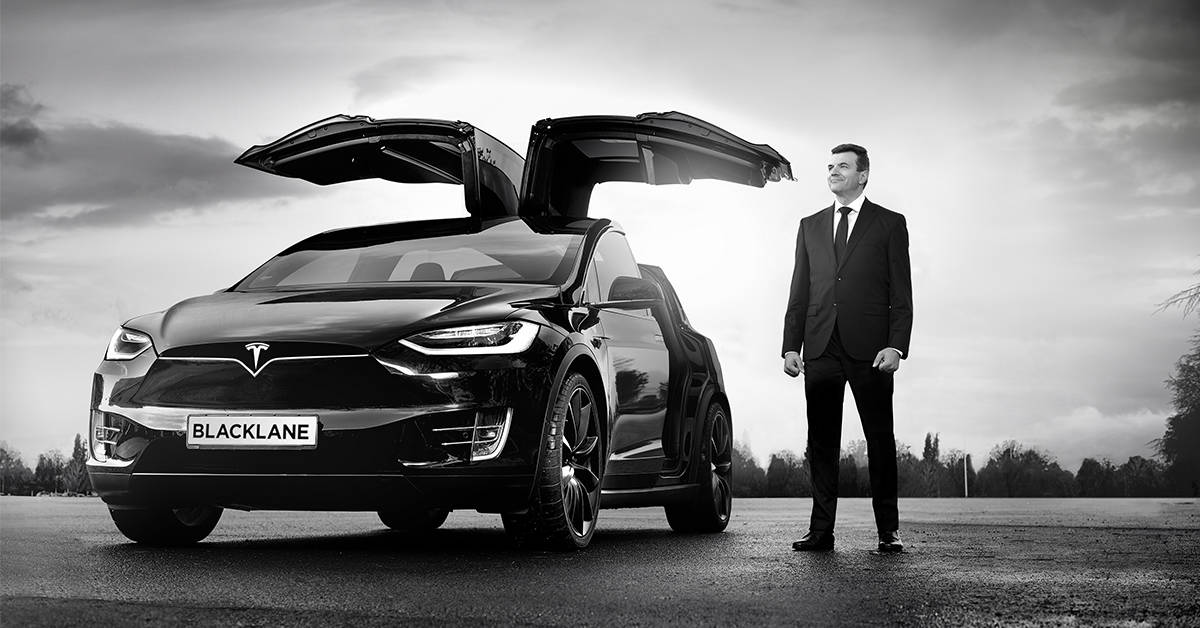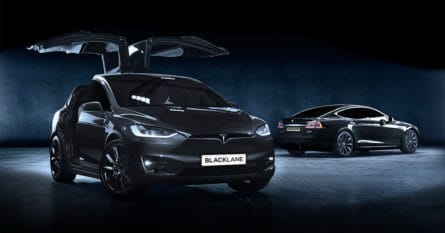Let’s journey back in time to see how EVs were revving up to take over the roads only to start sputtering all too soon.

Forget the Toyota Prius and GM’s EV1s of the 1990s. The birth of electric vehicles happened well before these modern equivalents.
It was as far back as the mid-1800s when inventors began working on the idea of electric vehicles. However, it wasn’t until the latter half of the century that electric vehicles became a mass-produced reality.
EVs were well-received by the wealthy city dwellers who could afford them. The vehicles even managed to secure some incredible feats. In 1899, the La Jamais Contente became the first electric car to reach over 62 miles per hour, briefly holding the record for speed.
At the turn of the 20th century, EVs accounted for about a third of all vehicles on the road in the US, thanks to their ease of driving, cleanliness, and quietness.
So, what happened to the electric vehicle and how did the gas-powered vehicle rise to popularity?
An explorer’s dream
Improvements to the internal combustion engine helped introduce gas-powered vehicles onto the market in the early 1900s, alongside electric- and steam-powered vehicles, but they weren’t without faults. Often tricky to start, and even harder to change gears, these vehicles were considered noisy and emitted pollutants that were unpleasant for many.
However, the death blow to early-model EVs came in 1908, when Henry Ford introduced the mass-produced, gas-powered Model T, which was cheaper and more widely available than its electric counterparts.
In 1912, the Model T only cost $650, compared to an electric car that sold for $1750. Improvements to the gas-powered vehicle, alongside the availability of cheap crude oil in the US, meant it was more affordable.
As more Americans wanted to go exploring, gas stations started popping up across the country making it easy to travel, especially at a time when electricity was not widely available outside the cities. By the 1930s, electric cars were effectively dead.
A revival
It wasn’t until the 1973 Oil Embargo, which skyrocketed the price of petrol in the US, that attention was turned again to electric vehicle research.
Many automobile manufacturers at the time began working on EVs, but ran into issues with speed (most electric vehicles could only reach about 45 miles per hour) and recharging (most EVs had a limit of about 40 miles before needing to be recharged).
It took another 20 years before electric vehicles were again pushed forward, largely thanks to US environmental regulations that focused on clean air initiatives and greener energy policies.
In 1996, GM introduced EV1, the first electric car built in the modern era by a major car manufacturer. With a range of 80 miles and the ability to reach 50 miles per hour in five seconds, the EVI quickly gained a cult following.
In 1997, Toyota released the Prius in Japan, making it the world’s first mass-produced hybrid electric vehicle. By 2000, it was available worldwide and gained celebrity endorsement.
Another key event that helped push the development of electric vehicles further happened in 2006, when Silicon Valley startup Tesla Motors announced it would produce an all-electric luxury sports car capable of long-distances.
In 2008, Tesla produced the Roadster, its first road car, and a year later, charging infrastructure across the US began to roll out.
In 2013, the high costs involved in buying electric vehicle batteries dropped considerably for consumers, creating a bigger opening in the market.
Chauffeurs embrace EVs

Blacklane first introduced electric vehicles into its fleet in 2018 and has been expanding its emissions-free offerings to guests around the world ever since. Currently, Blacklane has Teslas, Mercedes-Benz EQVs, Audi e-tron, and Jaguar I-PACEs included in its global fleet.
Chauffeur Emmanuel lives in Milan and has been driving a Tesla with Blacklane since 2018. This commitment to sustainability extends far beyond the type of vehicle he drives. For Emmanuel, living a “green” lifestyle is extremely important.
“When I decided to change my car, Tesla was the only choice for me because I am focused on being green, for me it’s very important,” he said.
“It is not just driving a car but it is to think about all services from a green perspective. I have a glass bottle of water, not the plastic bottle of water (in the car).
“Also for my suppliers of my candies or chocolates or biscuits…it was important for them to think about the planet.”



